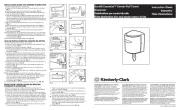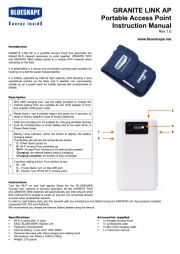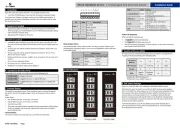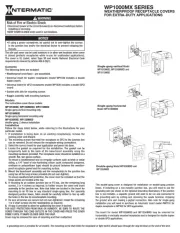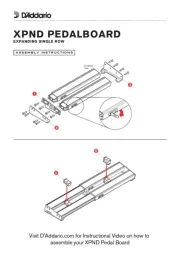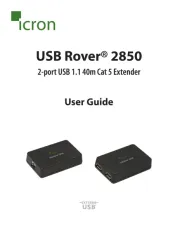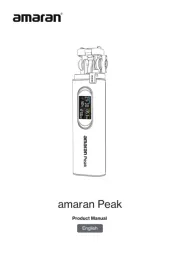Microchip MCP33151D-10 Manual
Læs gratis den danske manual til Microchip MCP33151D-10 (49 sider) i kategorien Ikke kategoriseret. Denne vejledning er vurderet som hjælpsom af 8 personer og har en gennemsnitlig bedømmelse på 4.7 stjerner ud af 4.5 anmeldelser.
Har du et spørgsmål om Microchip MCP33151D-10, eller vil du spørge andre brugere om produktet?

Produkt Specifikationer
| Mærke: | Microchip |
| Kategori: | Ikke kategoriseret |
| Model: | MCP33151D-10 |
Har du brug for hjælp?
Hvis du har brug for hjælp til Microchip MCP33151D-10 stil et spørgsmål nedenfor, og andre brugere vil svare dig
Ikke kategoriseret Microchip Manualer
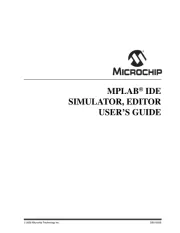
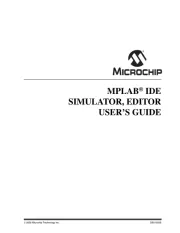
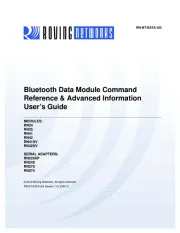
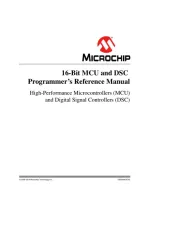
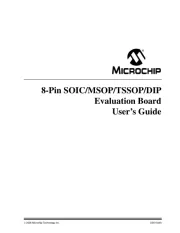
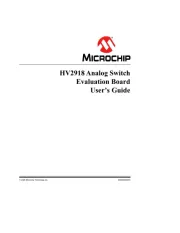
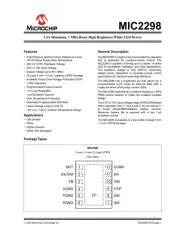
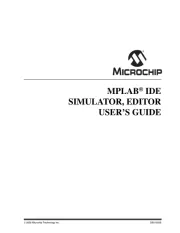
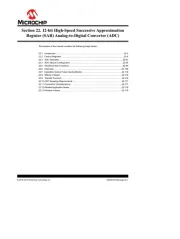
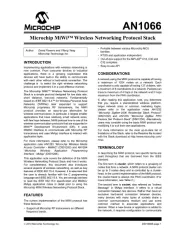
Ikke kategoriseret Manualer
- Weber
- Cocraft
- Dreambaby
- Insta360
- Moki
- Point Source Audio
- Cuisinart
- Befaco
- Bitspower
- DPA
- Moxa
- Chicco
- Byron
- Ravensburger
- Rotronic
Nyeste Ikke kategoriseret Manualer
